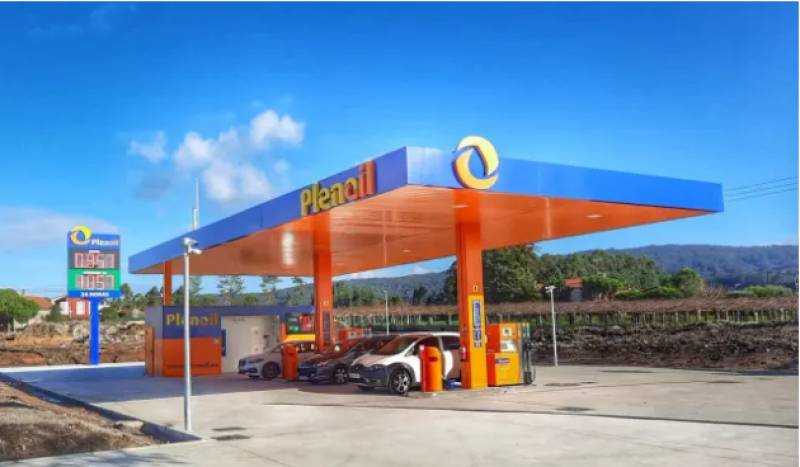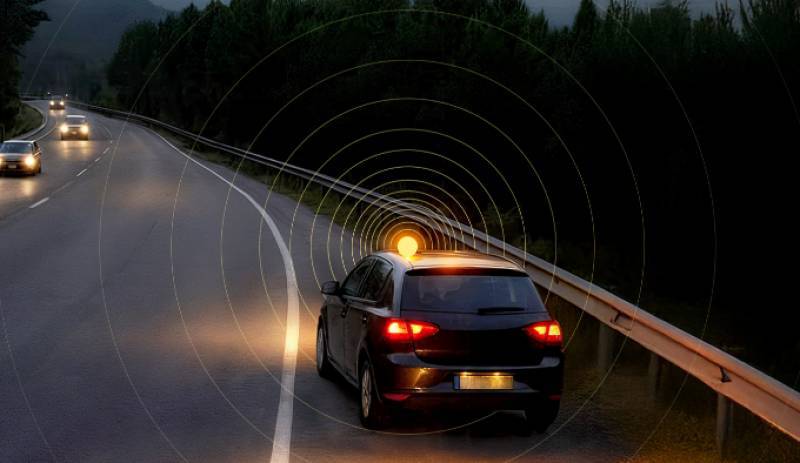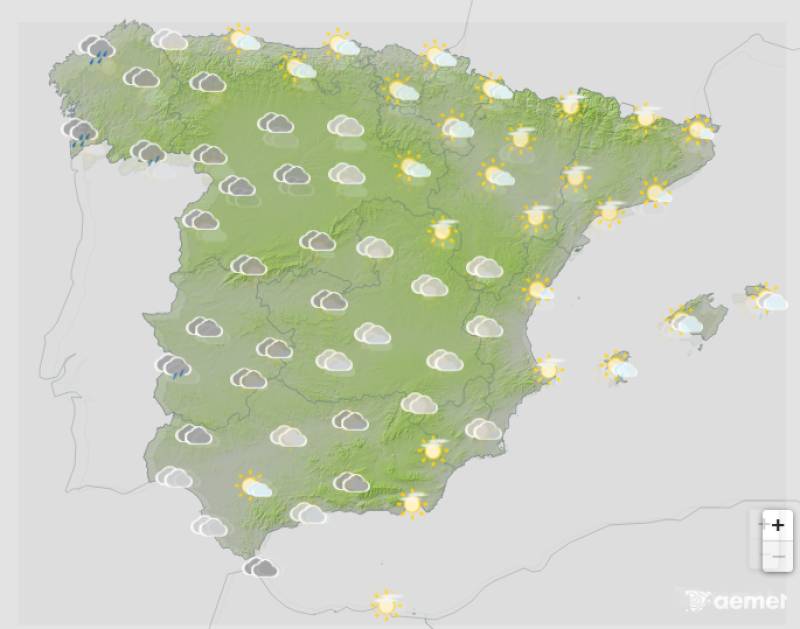
To be listed on the haciendadelalamo TODAY MAP please call +34 968 018 268.
Date Published: 05/12/2023
Low-cost petrol stations in Spain: Why they are on the rise and are they worth it compared to traditional gas stations?
The number of budget filling stations has more than doubled in Spain in the last decade, but is it a false economy?

Since the war began in Ukraine in February 2022, drivers have been experiencing an uncomfortable see-saw effect on the price of petrol and diesel, both of which exceeded the dizzying cost of 2 euros per litre last summer.
Today, the average litre of fuel will still set you back more than 1.50 euros, so it’s no surprise that the trend of budget filling stations has taken hold. In Spain, motorists can save around 10% by choosing a low-cost gas station over a traditional one, according to the Organisation of Consumers and Users (OCU), which amounts to a considerable 300 euros per year.
At the end of last year, there were 12,084 service stations in Spain, almost half of which fall into the low-cost category. In fact, over the last decade, these budget businesses have increased by 64.8%.
Are low-cost filling stations really a better option than traditional ones?
Many drivers have their doubts about the quality of fuel on offer at the budget stations, and myths abound about how these companies can offer petrol and diesel so cheap. But the reality is that both fuels must undergo rigorous controls to comply with strict European quality standards which ensure that the fuel provided by any service station, whether low-cost or not, meets the standards established for use in vehicles.
Here in Spain, there is a single fuel supplier: Exolum, formally the Compañía Logística de Hidrocarburos (CLH). This entity plays a crucial role in fuel distribution, ensuring that the product that arrives at service stations meets quality and safety requirements.
So how do they do it? The simple answer is that low-cost filling stations have far fewer overheads and the savings they make in staffing costs and decking out fancy stores can be passed onto the customer.
Low-cost gas stations share many commonalities: drivers fill up their tanks themselves, eliminating the need for several employees and there are rarely shops or cafes on site, which again saves on personnel and maintenance costs.
In addition, automated filling stations are usually much smaller than their traditional rivals – around 600 square metres compared to between 1,000 and 2,000.
The bottom line
While the fuel sold in traditional and low-cost service stations is essentially the same, it is certainly true that the more expensive brands often use special additives which can improve the base quality. On this point, the Spanish Association of Petroleum Products Operators (AOP), which brings together companies such as BP, Cepsa or Repsol, has always argued that these additives reduce consumption and improve engine lubricity, extending life the life of the vehicle and reducing CO2 emissions.
According to the group, these pricey extras can actually save drivers between 3% and 4% in the long run.
And while certain high-performance vehicles might benefit from premium fuel, ultimately filling up with cheap petrol or diesel certainly isn’t bad for your car, since all fuel sold on Spanish forecourts must adhere to minimum quality standards.
Find all the latest motoring and travel news here or join our Driving in Spain Facebook group for regular updates
Image: Plenoil
Loading
Sign up for the Spanish News Today Editors Roundup Weekly Bulletin and get an email with all the week’s news straight to your inbox
Special offer: Subscribe now for 25% off (36.95 euros for 48 Bulletins)
OR
you can sign up to our FREE weekly roundup!
Read some of our recent bulletins:
Discount Special Offer subscription:
36.95€ for 48 Editor’s Weekly News Roundup bulletins!
Please CLICK THE BUTTON to subscribe.
(List price 3 months 12 Bulletins)
Read more stories from around Spain:
Contact Murcia Today: Editorial 000 000 000 /
Office 000 000 000




























